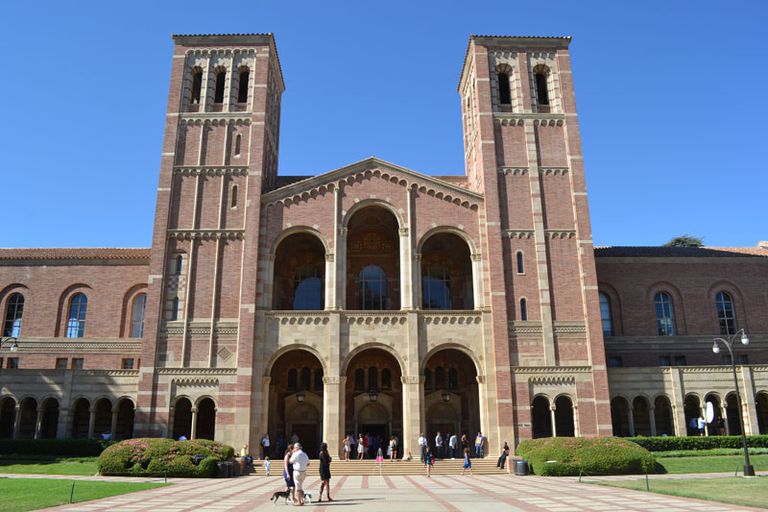Colleges need to change policies to equal playing field
April 5, 2019
The college admission scandal that broke out March 12 has put a massive spotlight on the inequity of the college admission process, and the absurd lengths parents would go to get for their child to receive admission into an elite university.
In total, 50 people were charged in the scam, including admission counselors, school administrators and college sports coaches, most of whom were dismissed from their occupations after the FBI investigation results to the scandal were released. The main players of the scandal, however, were wealthy Hollywood stars accused of bribery that could add up to a shocking $6.5 million.
It is easy to view the news as an extreme scandal that exposed the inequity of higher education in the US. But, this scandal has also shed light onto what has been known for years: the affluent have huge advantages in the college admission process.
However, the scandal also acts as evidence that elite colleges have chosen to focus more on a student’s merit than their wealth, as families of mediocre but wealthy students have to resort to bribery and other criminal activities as a last resort to gaining acceptance.
As the nation grows more racially diverse, the higher education system is starting to narrow gaps between whites and minorities. In the past, it was much easier to get into a top university if one was white, male and wealthy. However, many colleges are now choosing to consider other factors into the admissions process in order to increase diversity on campus.
According to a March 16 article published by Quartz, in 1933, 82% of Harvard applicants met these standards. But in recent years, that number has dropped significantly. In 2003, the percentage fell to 9.8%. In 2018, the number dropped even lower to 4.6%. This goes to show that higher level universities are expanding their pool of applicants to a much wider base.
In recent years, the growing wealth of the American middle class, eagerness of many international students to receive a US education and number of first-generation children applying has prompted fewer admission spots available for the mediocre children of the wealthy. American universities have diverted their attention to the academically outstanding children of lower or middle-income families. Financial aid has been one of the many beneficial programs that have come about directed towards non-affluent or disadvantaged students. For example, students from households that make less than $65,000 annually can attend Harvard for free if they gain admission.
This phenomenon results from the principle of supply and demand. Due to the growing want of obtaining a higher education, demand has risen dramatically while supply levels have remained the same. For example, according to Quartz, the number of freshman applicants at Dartmouth has nearly doubled between 2003 and 2018, to 22,033. However, the number of students accepted actually fell 8% to 1,925.
For universities, this is a huge benefit. By having an increased amount of applicants and a decreased amount of accepted students, the college’s acceptance rate decreases. And for the public, the perception is that the lower the acceptance rate, the better and more elite the university is.
This scandal has also prompted a new call to end legacy admissions with advocates declaring that they benefit the white and wealthy. According to a study by The Century Foundation, currently, around three quarters of the US News & World Report’s top 100 universities give special attention to relatives of alumni. Many student led groups, such as the Cornell First Generation Student Union and the Socioeconomic Diversity Advocates at the University of Chicago, have announced that they plan to challenge such policies, protesting that relatives of alumni should not receive such privileges.
This historic scandal goes to show that the college admission process is still far from being a fair meritocracy, but one must also consider the many strides that have been taken by universities to ensure that there is diversity in incoming classes and that applicants have equal playing fields.
Given the many obstacles that have been created, it is no wonder that average yet wealthy students must resort to using their wealth to make their passage into universities easier. They are only now starting to realize that money can not buy everything.


